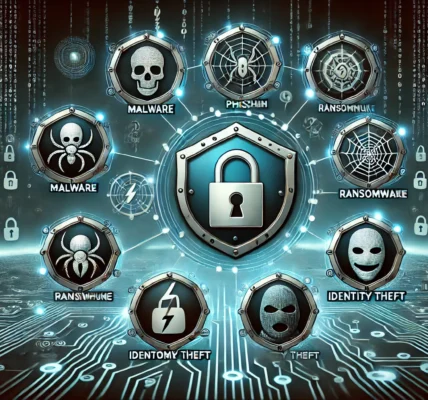How to Secure Your Video Conferencing: Best Practices for Privacy and Data Protection
Introduction
Video conferencing has become an indispensable part of modern communication, but it also presents unique privacy and security challenges. Whether for business or personal use, it’s essential to secure your video conferencing sessions to protect sensitive information from unauthorized access.
Key Privacy Concerns in Video Conferencing
Eavesdropping and Unauthorized Access: Without proper security measures, unauthorized individuals can join or listen in on your video calls, compromising the confidentiality of your discussions.
Data Breaches: Video conferencing platforms that do not adequately protect user data may be vulnerable to breaches, exposing personal information, recordings, and chat logs.
Inadequate Encryption: Some platforms may use weak or incomplete encryption methods, leaving your video and audio streams vulnerable to interception.
Third-Party Integrations: Integrations with third-party apps can introduce additional security risks if not properly managed or vetted.Best Practices for Secure Video Conferencing
Use Platforms with Strong Encryption: Choose video conferencing services that offer robust encryption, including end-to-end encryption, to protect your communications from unauthorized access.
Authenticate Participants: Require participants to authenticate themselves before joining a meeting, using methods such as passwords, unique meeting links, or 2FA.
Limit Recording and Storage: Only record meetings when necessary, and ensure that any recordings are stored securely, either on encrypted devices or in secure cloud storage.
Manage Third-Party Integrations: Carefully review and manage any third-party integrations to ensure they do not introduce security vulnerabilities.
Regularly Update Software: Keep your video conferencing software up to date with the latest security patches to protect against known vulnerabilities.Conclusion
Securing your video conferencing sessions is crucial to maintaining privacy and protecting sensitive information. By following these best practices, you can ensure that your virtual meetings remain confidential and secure from potential threats.
RP Smith
https://pingpalz.com

